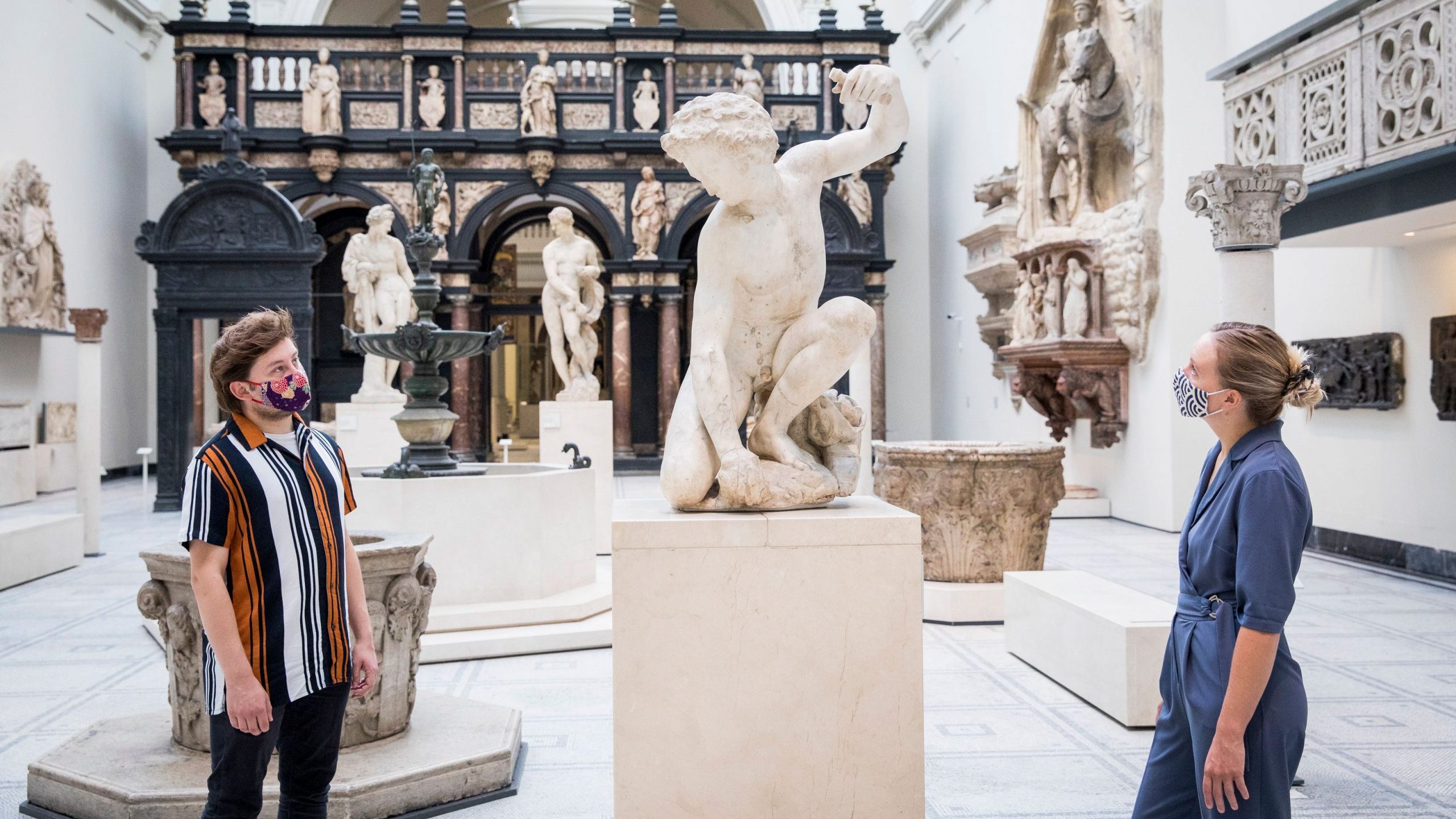V&A to cut posts and merge departments

A major restructure at the Victoria and Albert Museum (V&A) will see the end of some curatorial departments based on material specialism, replaced by “cross disciplinary teams” focused on time period or geography.
In plans outlined by director Tristram Hunt this week, the museum is proposing to cut around 20% of posts in its curatorial teams and another 20% in areas such as visitor experience and retail. There are around 200 staff on the teams impacted in this phase of the restructure.
To minimise the impact of the job losses, the institution proposing to reshape its curatorial teams. It aims to simplify its complex departmental structure by creating new departments “built on interdisciplinary thinking and collaborative working”.
The proposal is that staff previously spread by collections such as fashion, furniture or textiles will now be united within new teams. These will cover three time periods for objects from Europe and the Americas, from medieval to contemporary. A new department for Africa and Asia featuring three new positions will also be established, while teams working in areas such as born-digital art and design, and architecture and urbanism, will be strengthened. But the proposals could change as the final outcome will only be agreed after the consultation period ends on 31 March.
Hunt said no area of the collection would be left without specialist support, although he told the Art Newspaper that “curators would be more stretched”. He said the changes would not impact the museum’s public galleries or the visitor experience.
The institution is also planning to merge the National Art Library, V&A Research Institute and V&A Archives into one centralised, expanded research facility.
In a blog post, Hunt said the pandemic had created “one of the most significant financial challenges in the V&A’s long history”. Visitor numbers to the institution were down by 80% in 2020, and the museum expects to attract just 25% of its usual footfall this year.
He said: “Today’s financial context means we sadly have no choice but to reduce the size of our operation overall, so we have looked for opportunities to rethink our museum practice and consider how we can continue to meet our strategic aims [...]
“Drawing together expertise across collections of art, design, fashion and performance will enable us to present rounded curatorial narratives, improve research opportunities and create stronger connections between the national collections.
“I hope it will also help to provide a broader range of historical and socio-political context to design which contemporary audiences tell us they wish to explore.”
He added: “This continues to be an exceptionally difficult time for everyone affected, and we recognise that these changes, both to our structure and to how we work together, are significant. Our focus remains on consulting openly and meaningfully on the proposals with our colleagues and trade union representatives and supporting our staff through this difficult process.”
The institution hopes the changes will save around £10m each year until 2023. Hunt said he does not expect visitor numbers to return to pre-pandemic levels until 2024.
Clarification
05.03.2021
A previous version of this article stated that around 140 posts were due to be cut in this phase. That figure was incorrect.
Comments (2)
Leave a comment
You must be signed in to post a comment.

The PCS, Prospect and FDA trade unions all have recognition agreements with the V&A. You may consider speaking with any of them in order to report on what staff think about these cuts rather than just regurgitating management’s talking points.
It appears that expanding the V&A “brand / franchise” – Dundee, Shekou, East (x2) is now more important than maintaining conservation and curatorial expertise.